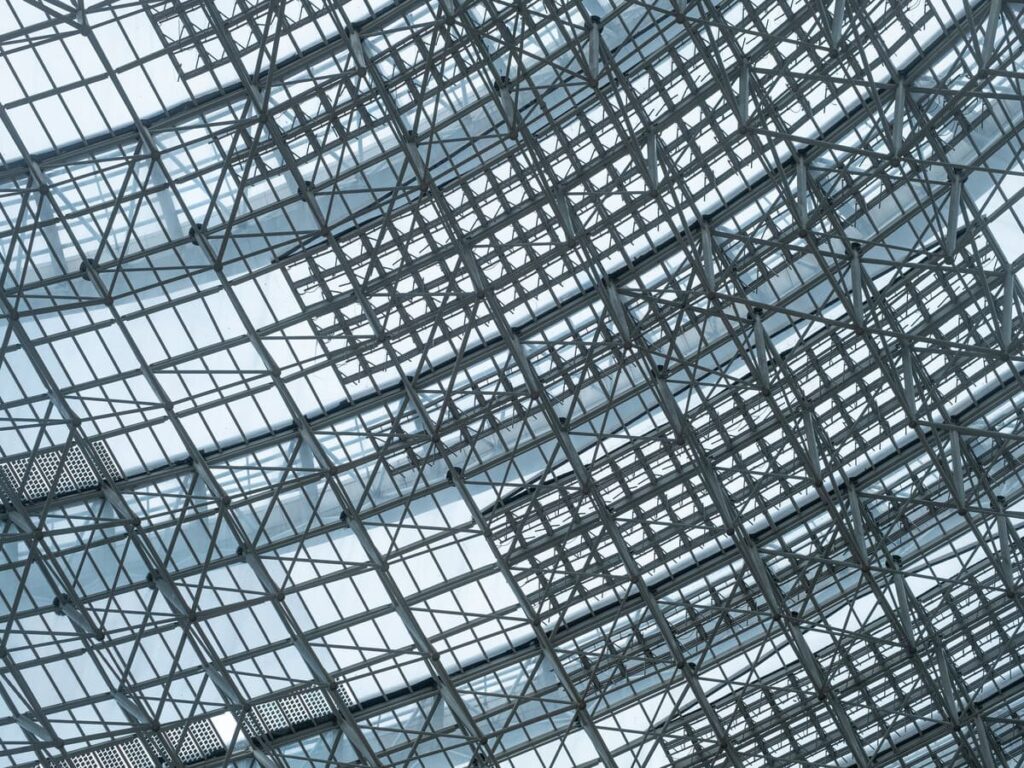Steel detailing is a specialized process of creating detailed drawings and plans for steel structures, necessary in the construction and engineering industries. These detailed diagrams guide the fabrication and erection of structures. They outline the dimensions, connections, and materials required. The accuracy and precision of steel detailing are very important, as they directly impact the safety and feasibility of buildings, bridges, and other structures, making it a major part of construction project planning.
History of Steel Detailing
Manual drafters meticulously handcraft detailed drawings of steel detailing on large drafting tables, tracing its history back to the manual drafting era. As construction became more complex, the need for precision led to the adoption of computer-aided design (CAD) in the latter half of the 20th century, changing how detailers worked. Today, steel detailing has changed into a highly sophisticated process using advanced digital techniques like 3D modeling and Building Information Modeling (BIM), increasing accuracy, efficiency, and collaboration across various construction disciplines. These technological advancements have transformed steel detailing from an artisanal craft to a precise and integrated modern engineering and construction component.
Impact of Steel Detailing
Steel detailing is a primary component of construction, affecting project safety, efficiency, and cost-effectiveness. By providing precise and comprehensive drawings, steel detailing ensures that every steel component fits correctly, reducing the chances of errors during construction and enhancing structural integrity. Efficient detailing accelerates the fabrication and assembly processes, leading to faster project completion and minimizing labor and material wastage. This meticulous planning and execution translate into big cost savings and a higher quality end product, underlining the important role of steel detailing in the successful delivery of construction projects.
Key Players in Steel Detailing
Steel Detailers: Steel detailers are responsible for creating detailed drawings of steel structures using specifications provided by architects and engineers. They must possess strong technical knowledge of structural design, drafting skills, and an understanding of construction processes, ensuring every beam, column, and connection is precisely depicted for safe and efficient construction.
Structural Engineers: Structural engineers contribute a lot in defining a project’s structural integrity and safety. They work closely with steel detailers, providing the necessary calculations and design requirements for the structural components. Their continuous collaboration ensures the detailed drawings align with the overall structural design and comply with relevant codes and standards.
Architects: Architects are responsible for a project’s overall design and aesthetic vision. They provide initial design drawings and conceptual plans, which serve as the foundation for the detailed work of steel detailers. While focusing on the building’s form and function, architects also ensure that the structural elements aesthetically integrate with their design intent.
Fabricators and Constructors: Fabricators use the detailed drawings created by steel detailers to cut, weld, and assemble steel components. Constructors then use these fabricated elements to erect the structure on site. Both rely heavily on accurate and detailed plans to produce and assemble the structural components efficiently.
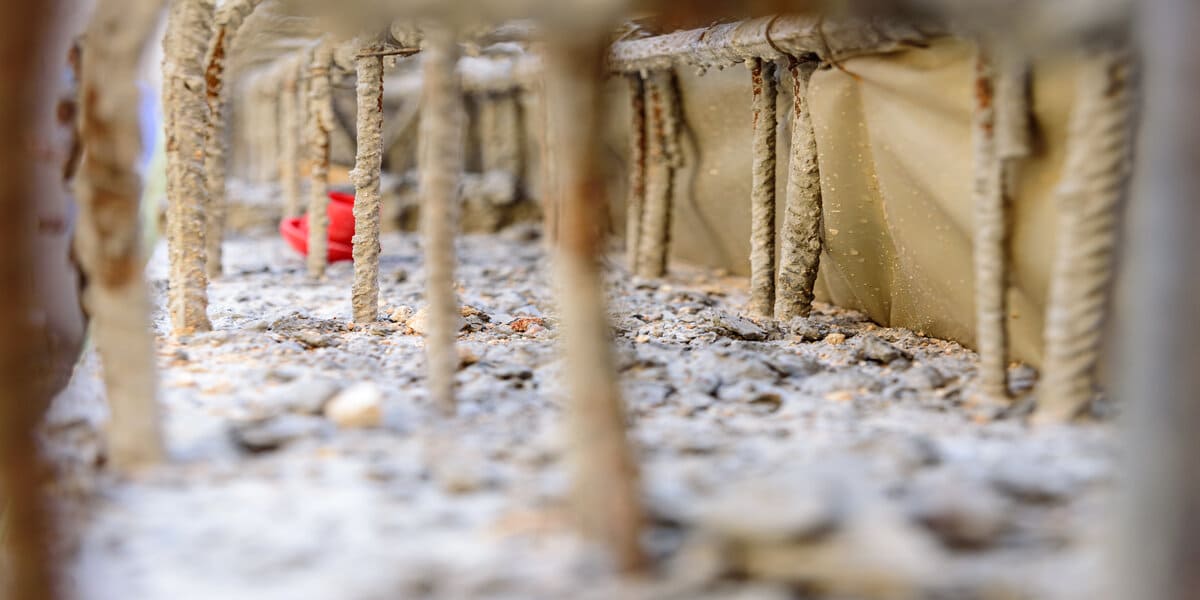
The Step-by-Step Process of Steel Detailing
Project Initiation: The steel detailing process begins with project initiation, where detailers understand the scope, review project documents, and discuss client needs. This stage sets the foundation for the detailed work, determining the project’s scale, complexity, and specific requirements, ensuring all parties are aligned before the detailed work begins.
Analysis of Design Documents: Detailers analyze architectural and structural plans provided by engineers and architects. This involves understanding the design intent, structural requirements, and material specifications. Detailers must interpret these documents accurately to ensure the structural components they design will integrate seamlessly into the overall structure.
Creation of Structural Models: Using advanced CAD and BIM software, detailers build detailed 3D models of the steel structure. These models represent every structure component, including beams, columns, braces, and connections. This digital representation helps identify potential issues early in the process, facilitating easier modifications and better collaboration among team members.
Detailing: In this phase, detailers produce shop drawings and erection plans. Shop drawings provide fabricators with the information needed to manufacture each steel component, including dimensions, welding, bolting, and other specifics. Erection plans guide the construction team in assembling the steel members on-site, indicating each piece’s placement, alignment, and installation.
Revisions and Finalization: Steel detailing is an iterative process, often requiring several rounds of revisions and adjustments. Based on feedback from the client, engineers, architects, and construction team, detailers modify the drawings to accommodate changes or correct discrepancies. The process continues until all parties approve the drawings, culminating in finalizing the detailed plans used for fabrication and construction.
Types of Drawings in Steel Detailing
Shop Drawings: Shop drawings are detailed blueprints fabricators used to manufacture individual steel components. They include all necessary specifications such as dimensions, material grades, welding, bolting details, and surface specifications. These drawings must be highly accurate to ensure each piece is fabricated correctly, fitting precisely with other components in the structure.
Erection Drawings: Erection drawings guide the construction team in assembling and erecting the steel structure on site. They show the location and orientation of each component within the overall framework, providing sequence instructions, connection details, and other information needed to ensure a smooth and safe construction process.
As-Built Drawings: As-built drawings are created after the completion of the construction project, reflecting any changes made during the building process. They represent the final structure, incorporating modifications, adjustments, and changes from the original design. These drawings are necessary for future maintenance, renovation, or expansion projects, accurately recording the constructed facility.
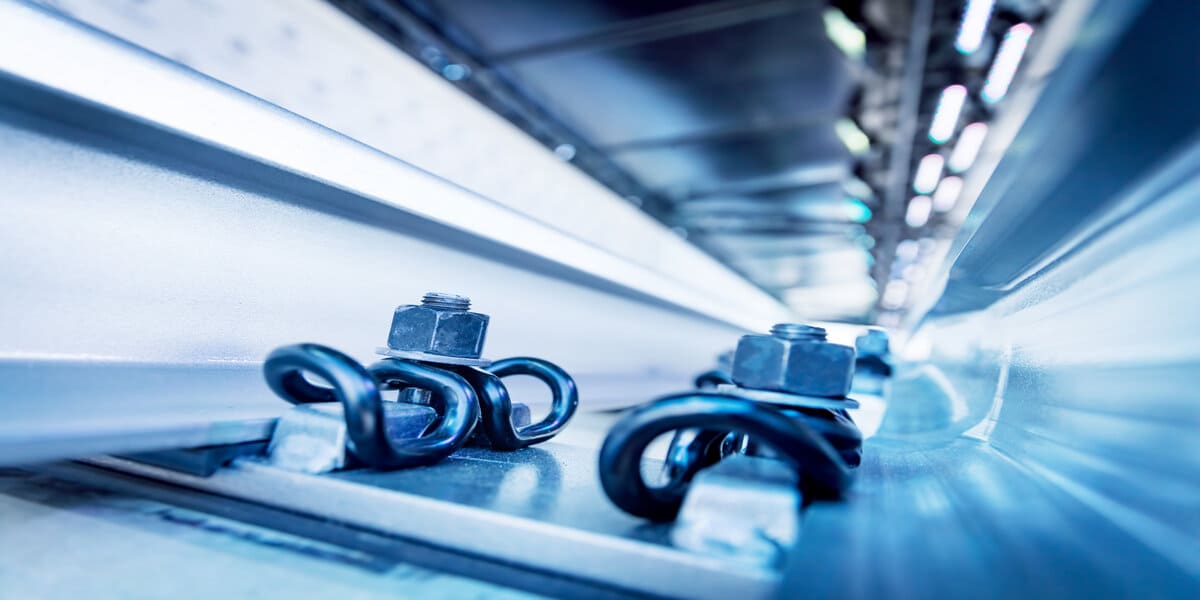
Technological Tools and Innovations
CAD and 3D Modeling: Computer-Aided Design (CAD) and 3D modeling have transformed steel detailing by providing tools for creating precise and detailed digital drawings and models. CAD software allows for the efficient creation, modification, and sharing of design documents. 3D modeling takes this further by allowing detailers to visualize the entire structure in a simulated environment, identify potential issues, and make adjustments before construction begins. These technologies have greatly increased accuracy and efficiency in the steel detailing process.
BIM (Building Information Modeling): Building Information Modeling (BIM) is a process that enables architects, engineers, and detailers to work on a single, unified model. BIM extends beyond geometrical data, incorporating time management, cost analysis, and sustainability considerations. It facilitates better communication and coordination among all stakeholders, leading to fewer errors, reduced costs, and more efficient project management. BIM represents a holistic approach to building design and construction, embodying all aspects of the project lifecycle.
Future Technologies: The future of steel detailing is shaped by modern technologies. Predictive analysis can forecast potential issues and outcomes based on data from similar past projects, allowing for more proactive planning. Artificial Intelligence (AI) and machine learning could automate routine tasks, optimize design patterns, and predict structural behavior under different conditions. These technologies promise to increase the speed, accuracy, and efficiency of steel detailing, transforming the construction industry in ways that are just beginning to be understood.
Standards and Quality Assurance
Overview of International Standards: Steel detailing must comply with various international codes and standards to ensure safety, quality, and performance. For instance, the American Institute of Steel Construction (AISC) provides guidelines widely used in the United States, while Eurocode is followed across European countries. These standards cover all design aspects, detailing, fabrication, and erection, ensuring that structures are safe, reliable, and efficient. Detailers must be well-versed in these codes, varying by region and specific project requirements.
Quality Control Processes: Quality control in steel detailing is necessary to prevent errors that could lead to structural failures or costly modifications. Detailing teams implement several quality control measures, including peer reviews of drawings, checking and cross-checking against design documents, and using software to detect inconsistencies. Regular internal and external audits are also a part of the quality assurance process, ensuring that every detail conforms to the highest standards of accuracy and precision.
Certification and Training: To maintain high standards in steel detailing, professionals often pursue certifications and continuous training. Certifications, such as those offered by the National Institute for Steel Detailing (NISD) in the United States, validate a detailer’s skills and knowledge. This commitment to professional development ensures that the industry continues advancing in quality and efficiency.
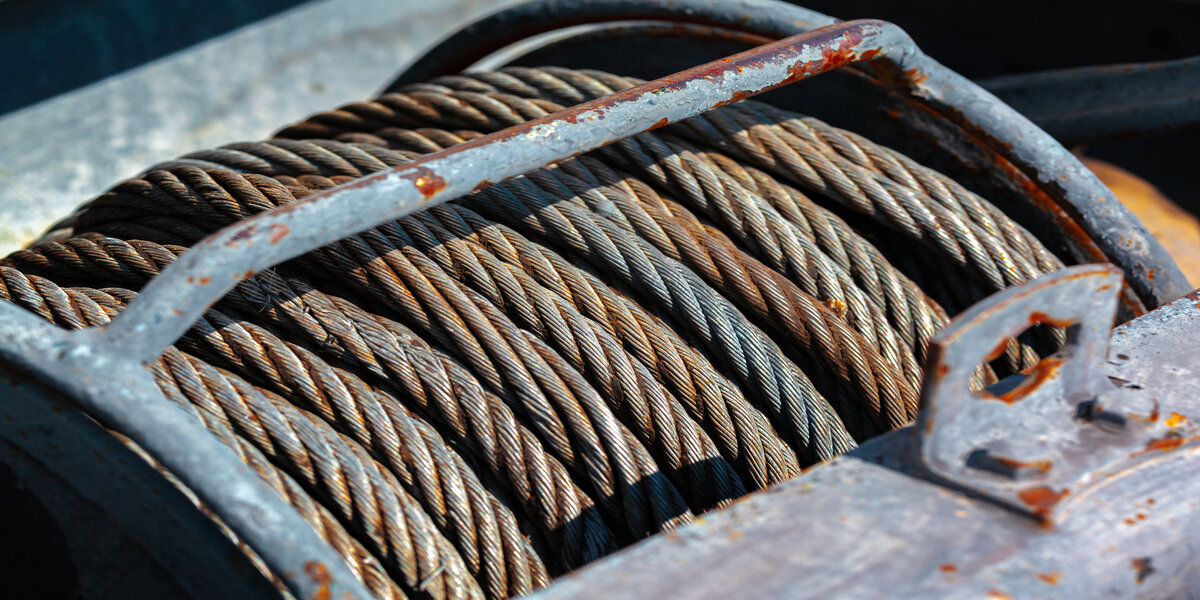
Challenges in Steel Detailing
Common Issues: Steel detailing faces several challenges that can affect the efficiency and success of construction projects. Frequent design changes by clients or architects can lead to delays and increased costs. Complex structures require high precision and understanding, often pushing the limits of standard detailing practices. Coordination among the various teams involved, including architects, engineers, and constructors, is also challenging, especially when dealing with large-scale or intricate projects. Miscommunication or drawing discrepancies can lead to serious construction errors, safety issues, and additional expenses.
Solutions and Best Practices: Several strategies and best practices can be employed to address these challenges. Effective communication is key and can be facilitated by regular meetings, clear documentation, and collaborative platforms like BIM. To reduce errors and handle complex designs, detailers should use advanced software and tools for accuracy and efficiency. Implementing a rigorous quality control process, including peer reviews and checklists, ensures that drawings meet the required standards. Finally, continuous training and education keep the detailing team updated on the latest technologies and methods. Adopting these solutions helps manage the complexities of steel detailing and ensures the smooth execution of construction projects.
The Future of Steel Detailing
Industry Trends: The steel detailing industry is witnessing several trends shaping its future. There is a growing emphasis on sustainability, with projects requiring materials and processes that minimize environmental impact. This trend influences how steel is produced, detailed, and erected, focusing on recycling, waste reduction, and energy-efficient designs. Regulatory changes are also common, with stricter safety and quality standards implemented globally. These changes require detailers to continually adapt and update their practices to comply with codes and regulations.
Innovations on the Horizon: Technological advancements greatly affect steel detailing. Building Information Modeling (BIM) is becoming more sophisticated, enabling more integrated and collaborative project management. Artificial intelligence and machine learning can automate aspects of the detailing process, from optimizing material usage to predicting structural issues. Virtual and augmented reality technologies offer new ways to visualize and interact with steel structures before builders construct them. These innovations promise to make steel detailing more efficient, accurate, and adaptable, preparing the industry to meet the future demands of construction and design.
Changes in Steel Detailing
Steel detailing is an important component of the construction industry. It ensures that structures are safe, efficient, and cost-effective. The field requires continuous professional learning and adaptation as technologies and standards change. The future of steel detailing is bright, with advancements promising even greater precision and efficiency. Adapting these changes, detailers will continue to play a big role in shaping the skylines of tomorrow, crafting the bones of buildings and bridges with an eye toward innovation and excellence.
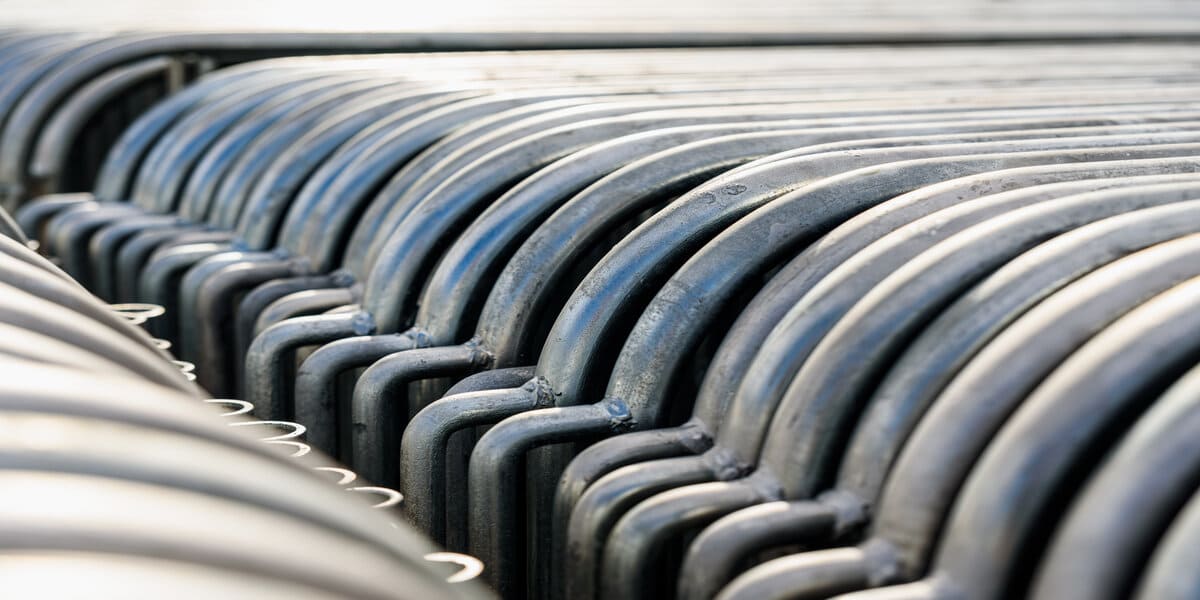
Frequently Asked Questions
Who Uses Steel Detailing Drawings?
Fabricators primarily use steel detailing drawings to manufacture steel components and constructors to erect the structure on site. Engineers, architects, and project managers also review them to ensure accuracy and compliance with design and safety standards.
How has Technology Impacted Steel Detailing?
Technology has significantly transformed steel detailing, especially with the advent of CAD (Computer-Aided Design) and BIM (Building Information Modeling). These tools allow for more accurate, efficient, and collaborative detailing processes, leading to fewer errors and more streamlined construction.
What are Some Common Challenges in Steel Detailing?
Common challenges include dealing with complex structural designs, coordinating with multiple teams, managing frequent design changes, and adhering to industry standards. Detailers must address these issues to ensure accurate and safe construction.
Why is Quality Control Important in Steel Detailing?
Quality control is crucial to prevent errors leading to structural failures or costly rework. It ensures that every detail in the drawings aligns with the architectural and engineering plans, adheres to applicable standards, and accurately represents the design intent.
Can You Outsource Steel Detailing?
Steel detailing is often outsourced to specialized firms or individuals with the expertise and technology to produce detailed drawings. Outsourcing can provide access to skilled detailers and advanced technologies, often at a lower cost.
What are the Future Trends in Steel Detailing?
Future trends include further integration of BIM, increased use of AI and machine learning for optimization, and green building practices. These advancements will drive efficiency and innovation in steel detailing.
References
National Institute of Steel Detailing (NISD) Standards
Eurocode 3: Design of steel structures

